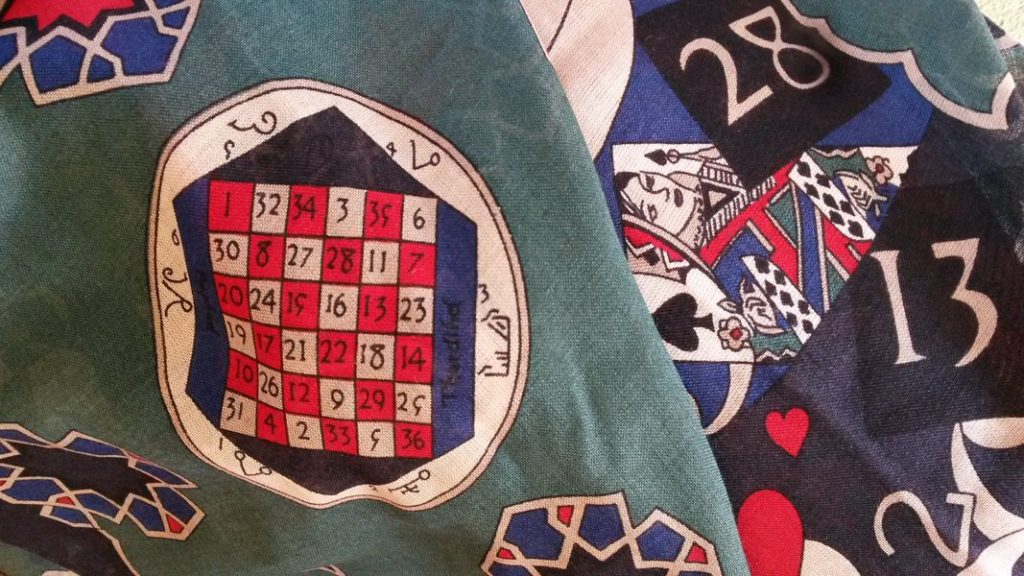
Dr. Phil Legard

This page is dedicated to the Hexadic work of Dr. Phil Legard. Phil has explored the system more than anyone and encouraged me to examine various implications. His constant work with the system has inspired me and as he continues to work with new aspects of Hexadic.
As mentioned on the resources page, Phil is a Senior Lecturer at Leeds Beckett University School of Film, Music and Performing Arts. He runs an incredibly inspirational blog called Larkfall as well as perform music under various names. He also writes on many subjects of interest. As you can see, he knows what he is doing. Below, Phil describes the way he has worked with the system. Most of the songs below can be found on the record he created using these techniques, Sorath.

I’m very honoured that Ben has dedicated a page to my Hexadic experiments, so wanted to take it as an opportunity to briefly explain a bit more about how I have applied Hexadic thinking to keyboard-based compositions and improvisations.
The first pieces I wrote with the system were based on Ben’s “Triadic Movements” ame, in which there are two parts (two hands on the keyboard in this case), which are each dealt three cards based on a deck reduced to only cards within a specific key or tonality. The rate at which one tone in either hand is substituted from another drawn from the deck is set at a steady rate, so that we can hear the tones gradually changing until the entire deck is worked through and the piece ends. A third part (second keyboard) is often added, which plays the tones in the right-hand part as chords, one octave below.
A variation on this is the track Hexadspiel, in which three decks are used, relating to A-minor, E-major and D-minor tonalities. When the first deck is exhausted, cards from the second deck begin to be interpolated, until all decks have been exhausted:
Most of the pieces based on progressions around the Hexadic figure contain two or more individual parts or voices, playing the same Hexadic field, but grounded on different intervals – usually an octave apart. This is because, while the six notes in a Hexadic field are extremely suitable for composing guitar-based riffs, I felt that the possible ranges of notes needed to be expanded in order to create compositions comprising melody and (atonal) harmony. The basic steps I have used to apply a Hexadic field to the piano are as follows:
1) The Hexadic field is assigned to the upper voice, here grounded on the basis of ♥K being equivalent to E3 on the keyboard. Note that the root tone is shown with a black border, the interval tone with a dotted yellow border:

2) The field is then mapped to a second voice, in this case one octave lower:

3) The centre tones are then assigned across all octaves of the keyboard:

Most of my pieces work on the basis of generating six progressions through the Hexadic figure, rather than incorporating the rules by which the progression stops. Usually the tonal makeup of each field dictates the types of rhythm and tempo used, the two voices often alternating between melody and harmony, and independent melodies. Many of the above approaches can be heard in Fieldwork:
Various other approaches to musically interpreting the Hexadic figure have also been undertaken and are detailed in the booklet that accompanies Sorath. Ben has previously included the piece Combinations here, which exhaustively explores his notion of the “combinatorial move”, by considering the Hexadic figure as three concentric rings, which can be rotated to yield 216 possible tonal fields, each of which flows seamlessly into one another:
More recently I have been experimenting with improvisations based on the Hexadic system and dynamic mapping to MIDI keyboard via Max for Live, the first experiment with which you can hear below:
